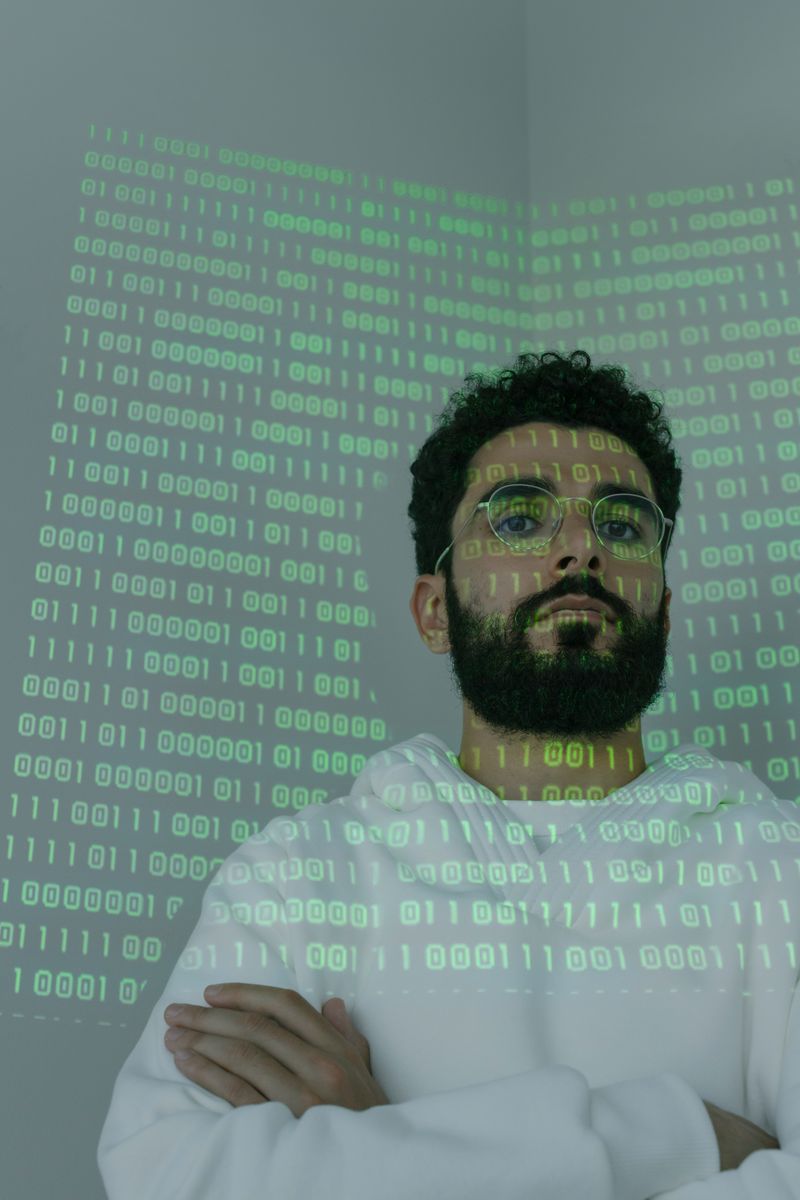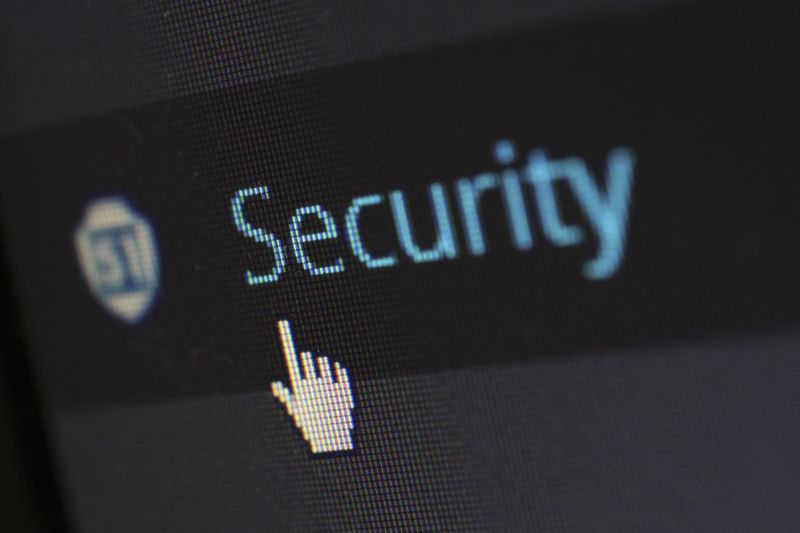Solving the Signal-to-Noise Problem in SIEM Systems: A Case Study of the Tel Aviv Stock Exchange
Gil Shua, the Chief Information Security Officer (CISO) of the Tel Aviv Stock Exchange (TASE), understands the importance of maximizing the signal-to-noise ratio in the security information event management (SIEM) system. By effectively filtering out noise and focusing on actionable content, Shua aims to address security issues promptly and efficiently.
The Challenge of Signal-to-Noise Ratio
Like many other organizations, the TASE encounters a significant amount of noise in its SIEM system, which often leads to false positives and misconfigurations. This not only creates extra work for the Security Operations Center (SOC) team but also hampers productivity and the overall effectiveness of the SIEM system. Shua and his team are constantly striving to strike the right balance between signal and noise to make the most of their SIEM capabilities.
The Role of Rules in SIEM Optimization
To minimize noise and enhance the signal-to-noise ratio, the SOC team at TASE writes rules that dictate how the SIEM system handles incoming data. However, creating these rules can be a time-consuming process. Before writing rules, the team must:
- Understand the data structure and identify relevant fields necessary for rule creation.
- Comprehend the logic of reporting systems, as they may have their own log standards.
- Create precise rule correlations and analyze exceptions.
- Perform quality assurance and testing.
While the complexity of the rules can vary, these actions can take anywhere from a few hours to several days to complete. Shua emphasizes the importance of having effective rules that protect against relevant attacks and ensuring the availability of information from reporting systems to trigger these rules.
The Impact of CardinalOps’ Platform
The recent addition of CardinalOps’ platform to the TASE has significantly improved the SIEM system, specifically the Splunk Enterprise. Shua notes that the rule-writing process has been greatly streamlined, leading to the creation of 85 rules in just a few months using this technology. With reduced time spent writing rules, the SOC team can now focus more on implementing and testing them, thereby enhancing the overall effectiveness of the SIEM system.
The Worthiness of SIEM Systems
Shua acknowledges that maintaining a SIEM system is a demanding task, requiring constant updates and modifications. Despite the efforts involved, some security attacks may still go unnoticed due to visibility issues or a lack of matching rules. Shua believes that future SIEM solutions should incorporate automation capabilities for autonomous rule creation and response right out of the box. Additionally, SIEM systems must become more efficient at processing, analyzing, and storing data in various formats to keep up with the ever-evolving cybersecurity landscape.
Editorial Thoughts and Conclusion
As organizations increasingly rely on SIEM systems to detect and respond to cybersecurity threats, finding the right balance between signal and noise becomes critical. The case of the TASE highlights the challenges faced by SOC teams and emphasizes the need for optimization strategies to enhance the signal-to-noise ratio.
While technology advancements, such as CardinalOps’ platform, can streamline the rule-writing process, it is crucial for organizations to prioritize the continuous improvement of their SIEM systems. This includes adopting automation capabilities for rule creation and response, as well as better data processing and analysis to ensure the timely detection of security events.
Ultimately, SIEM systems are worth the investment of time and resources, considering the potential risks and financial consequences of undetected cyber threats. However, organizations must approach SIEM implementation and maintenance with a strategic mindset, ensuring proper change management and a commitment to ongoing optimization and improvement.
As the cybersecurity landscape continues to evolve, organizations must prioritize the development and enhancement of their SIEM systems to stay one step ahead of potential threats. By striking the right balance between signal and noise, organizations can maximize their SIEM capabilities and better protect their digital assets and sensitive data.
Source: Gil Shua, Tel Aviv Stock Exchange

<< photo by cottonbro studio >>
The image is for illustrative purposes only and does not depict the actual situation.
You might want to read !
- Expanding the Definition of ‘Endpoint’ to Tackle Cloud Threats
- African Crackdown: Arrests Made and Malicious IPs Seized in Cybercrime Operation
- Fifty Minutes of Hacking Brilliance: Inside the DEF CON Battle to Crack ChatGPT
- “Enhanced Security: Google Chrome Introduces Alerts for Auto-Removal of Malicious Browser Extensions”
- Cribl and Exabeam collaborate for enhanced threat detection, investigation, and response
- The Consolidation Continues: A Look at Cybersecurity M&A Activity in August 2023
- Unveiling the African Cybercrime Network: Law Enforcement Takes Down Operations
- Unveiling the Aftermath: How Companies are Reacting to the Intel CPU Vulnerability
- Maximizing the Power: Unleashing the Full Potential of Threat Intelligence Resources
- “Securing the Future: Google’s Quantum-Resistant Security Key Implementation”
- Unraveling the Mystery: Inside the Stealthy ‘LabRat’ Campaign
- The Vulnerabilities Unveiled: Exposing the Risks of Routing Protocols




